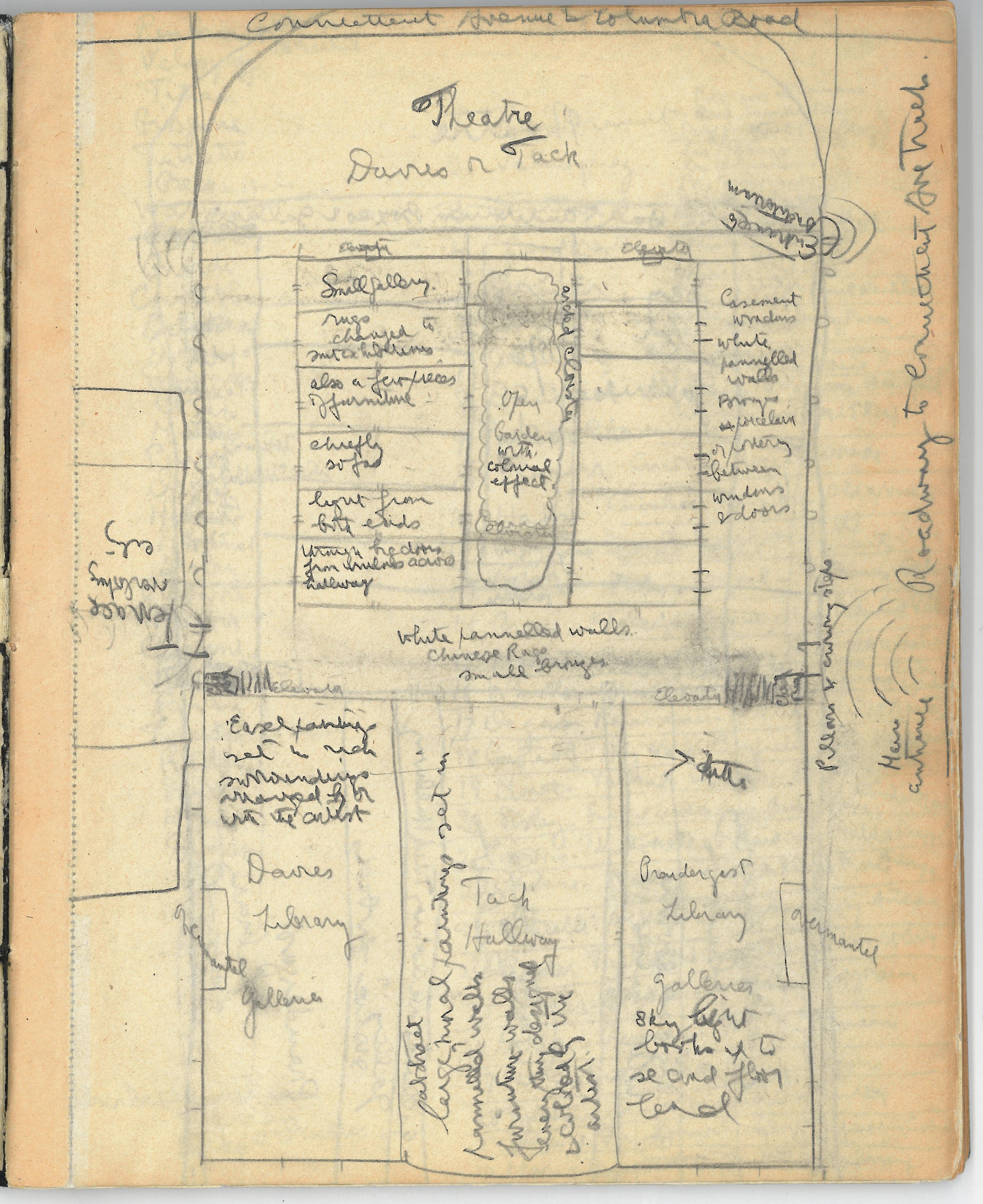
Irene Rice Pereira, Transversion, 1946. Ceramic fluid and porcelain cement on corrugated glass on panel of oil on hardboard, 13 1/2 x 15 3/4 in. Acquired 1949.
May 18, 2011, is International Museum Day and this year’s theme is Museums and Memory:
“Museums preserve memories and tell stories. They have in their collections numerous objects that are fundamental to the memory of the communities we live in. These objects are the expression of our natural and cultural heritage. Many of them are fragile, some endangered, and they all need special care and conservation. International Museum Day 2011 will be an opportunity to discover and rediscover your individual and collective memory.”
Museums are evocative places. We visit them on special occasions, or we visit so regularly they feel like home. There are big museums that seem to capture the entirety of human creation and existence, placing us in a spectrum of life. There are small museums that tell intimate stories seemingly just to us. Looking at art can feel like being sent in a time machine back to the first time we saw or understood a particular piece. Art can depict a place we’ve been or evidence of distant ancestors. This week, some of our staff members will present their museum memories. Read part one and part two here. Part three will be published Thursday, Part four on Friday.
Tell us your museum memories.
The Phillips will participate in International Museum Day with free admission on May 18th.

